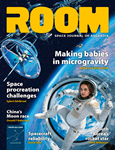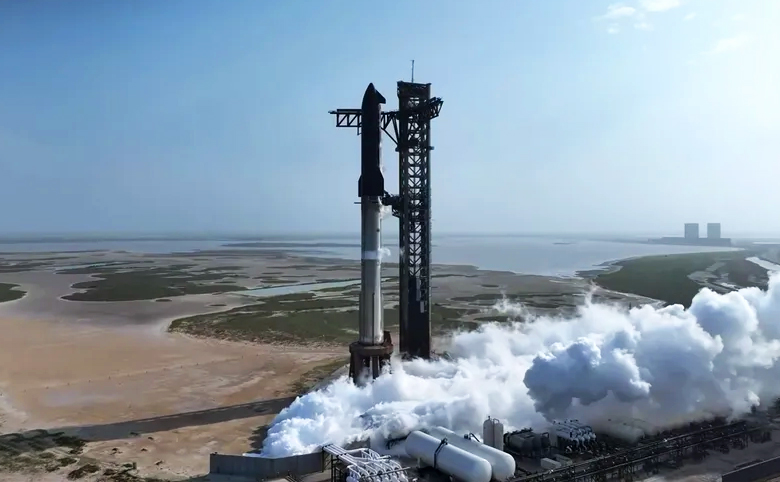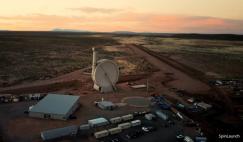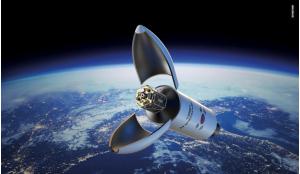SpaceX’s ninth test flight of its Starship launch system ended in failure on 27 May 2025 when the upper-stage vehicle lost control and broke up during re-entry over the Indian Ocean.The mission had been launched from the company’s Starbase facility in Boca Chica, Texas, and marked the first use of a previously flown Super Heavy booster.
Although the launch achieved several milestones, including stage separation and reaching space, both stages of the system were ultimately lost. The Super Heavy booster failed to make a controlled descent and was destroyed in the Gulf of Mexico.Meanwhile, the upper-stage Starship experienced a propellant leak, lost attitude control, and entered an uncontrolled spin before disintegrating roughly 30 minutes into the mission.
Among the planned objectives were the demonstration of a functioning payload deployment door and thermal protection system tests. However, the payload door malfunctioned, preventing the release of mass simulators, and telemetry from the tumbling Starship abruptly ceased during re-entry.
This marked the third consecutive test in which the Starship system failed to complete its intended flight profile, though SpaceX has described each attempt as a learning opportunity within its rapid development approach.
Company CEO Elon Musk has doubled down on that philosophy, indicating that launch frequency will increase in the coming months, with ambitions to test hardware on a near-monthly cadence.
At the heart of SpaceX’s Starship programme lies a vision that stretches far beyond Earth orbit. The fully reusable Starship system is being developed not only as a heavy-lift launch vehicle for satellite deployment and Moon missions under NASA’s Artemis programme, but also as the foundational transport for future human settlement on Mars. Musk has repeatedly stated that the long-term survival of humanity depends on becoming a multi-planetary species, with Mars as the most viable candidate for colonisation in this century.
To achieve this, SpaceX has pursued an aggressively iterative testing model, often prioritising speed over caution. Failures, in this context, are embraced as steps on a steep and uncertain learning curve. This approach has garnered both praise for its boldness and criticism for its risks – particularly as the programme moves closer to flights involving human passengers.
SpaceX’s development model stands in contrast to more traditional aerospace programmes, which tend to be slower, more risk-averse, and heavily regulated. Musk's view is that the only way to innovate rapidly enough to make life multiplanetary is by building, flying, failing, and repeating at a pace faster than legacy systems can tolerate.
Nonetheless, the technical and ethical implications of this approach are coming under increasing scrutiny. The Federal Aviation Administration (FAA), which regulates US commercial space launches, has approved up to 25 Starship flights per year from Starbase. But each high-profile failure raises fresh questions about safety, oversight, and long-term strategy.
Commenting on the latest test, space scientist and veteran broadcaster Dr David Whitehouse told BBC Radio 4’s Today programme: “SpaceX’s iterative testing strategy is bold, but each failure underscores the immense challenges of spaceflight and the need for rigorous safety protocols.”
As the Starship programme inches closer to flying humans, these challenges become more than academic. Space tourism, lunar logistics and interplanetary ambitions all hinge on the reliability of Starship – and on the balance SpaceX must strike between speed, spectacle and safety.
Musk’s mantra that “failure is an option here” has served as a rallying cry for innovation. But as the era of crewed Starship missions draws nearer, that mindset may require a recalibration. There is a fine line between embracing failure and tolerating it – particularly when lives are at stake.
If Musk’s obsession with failure as a route to success holds true, the lingering question is: how many lives might be sacrificed en route to Mars?
The first missions may well be one-way by design, but the ethical implications of launching pioneers into a high-risk void demand more than engineering bravado. They call for a culture of responsibility equal to the scale of the vision.











